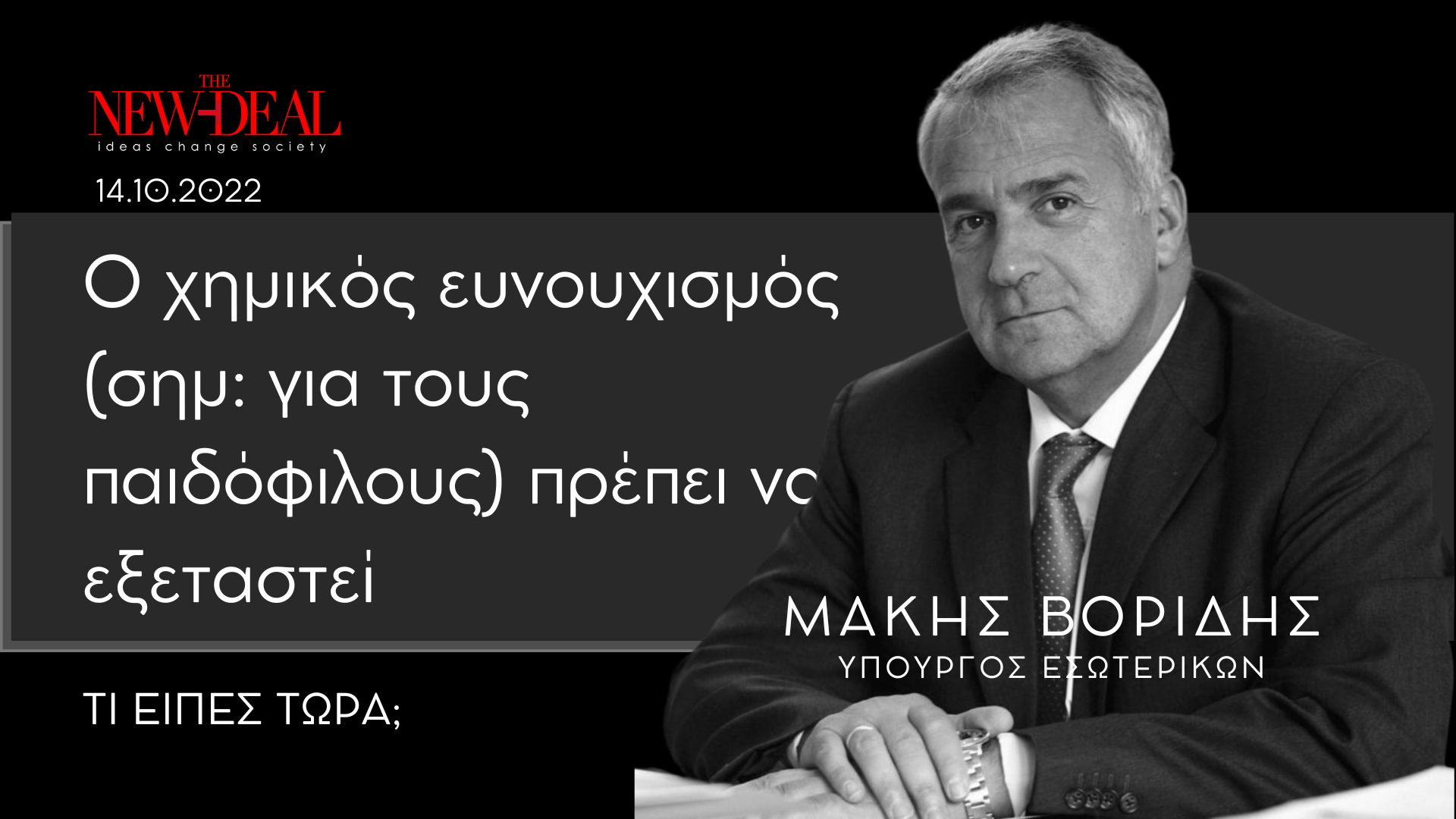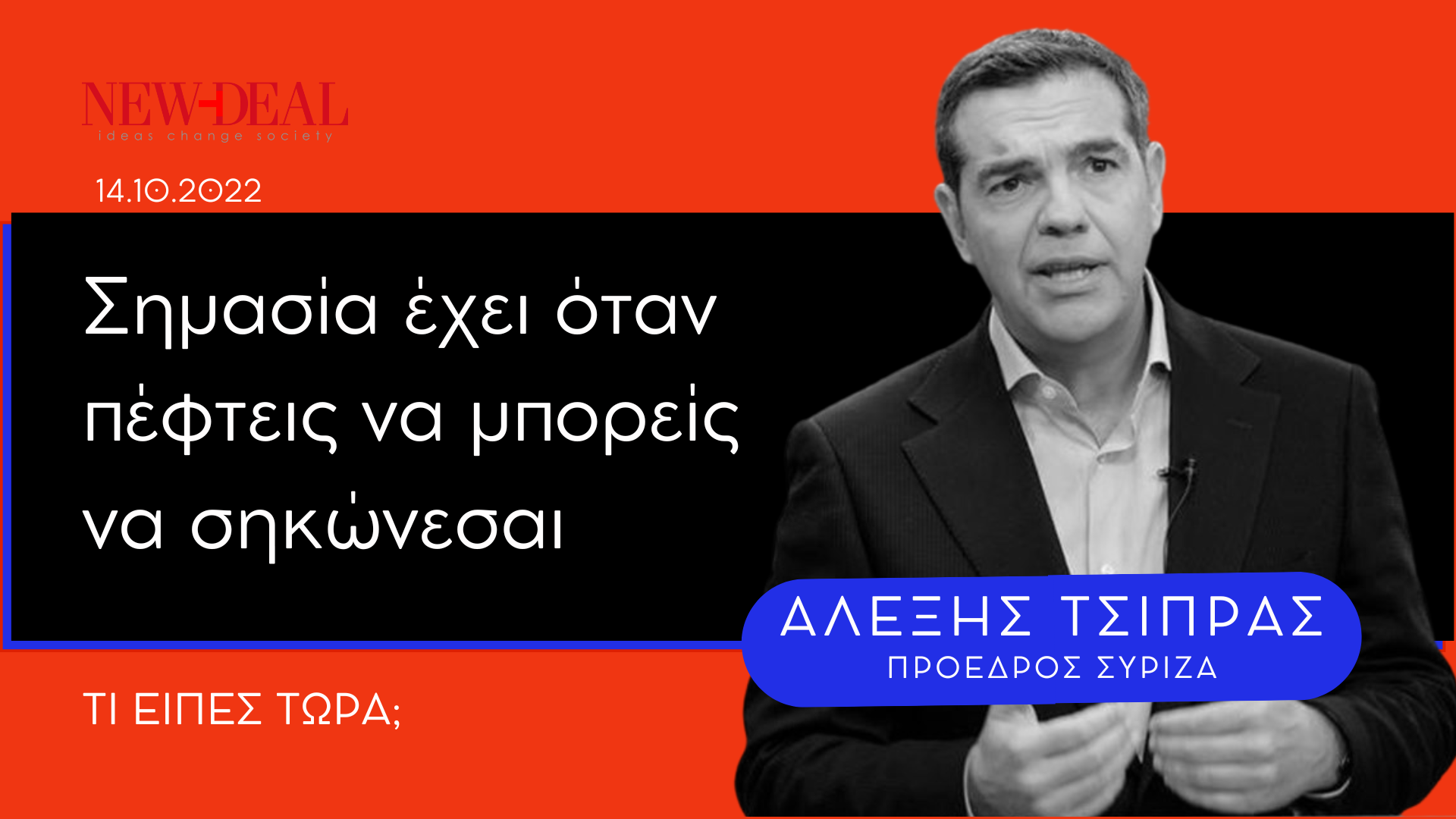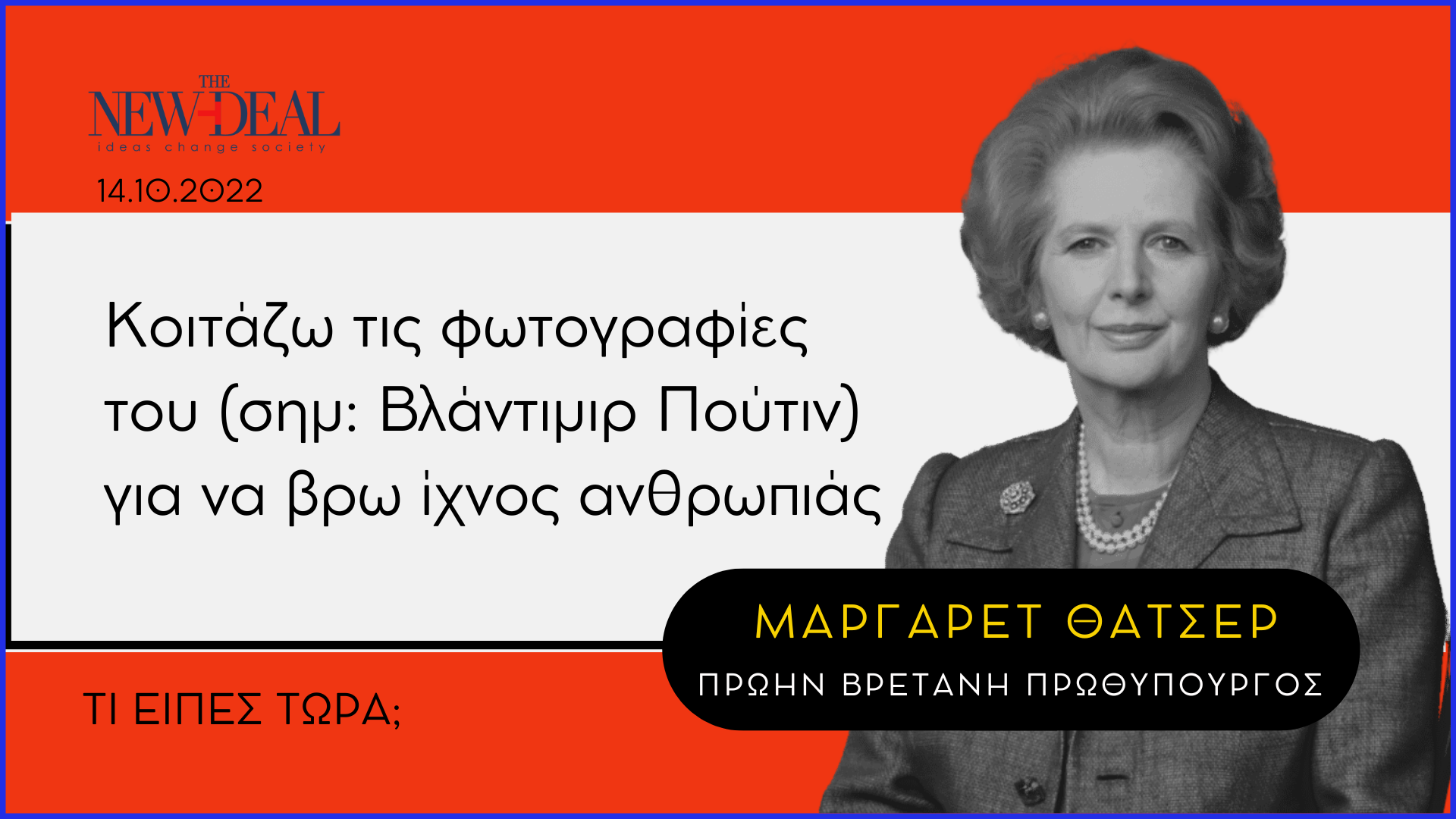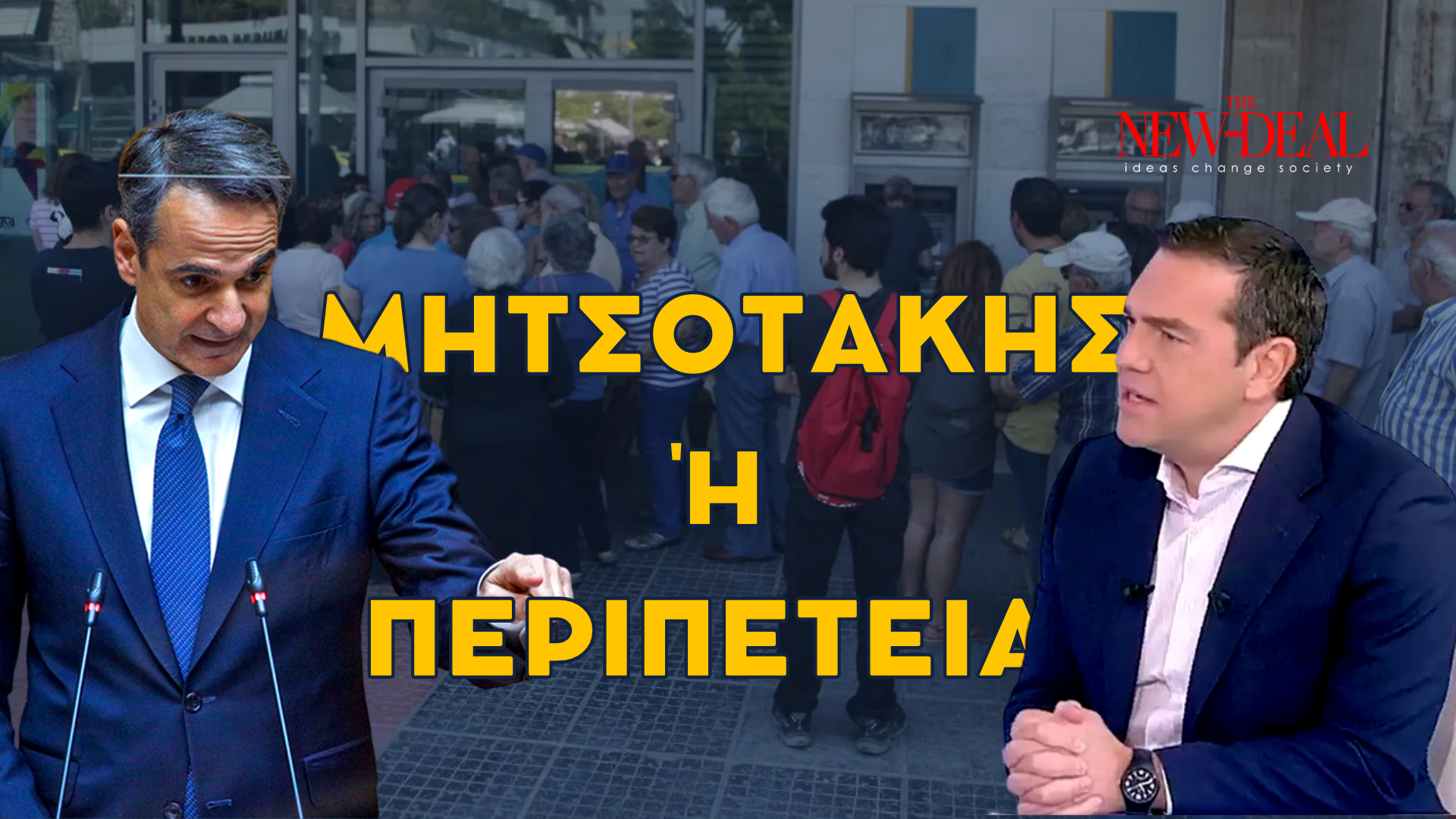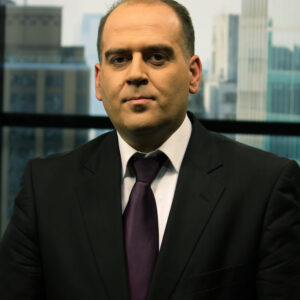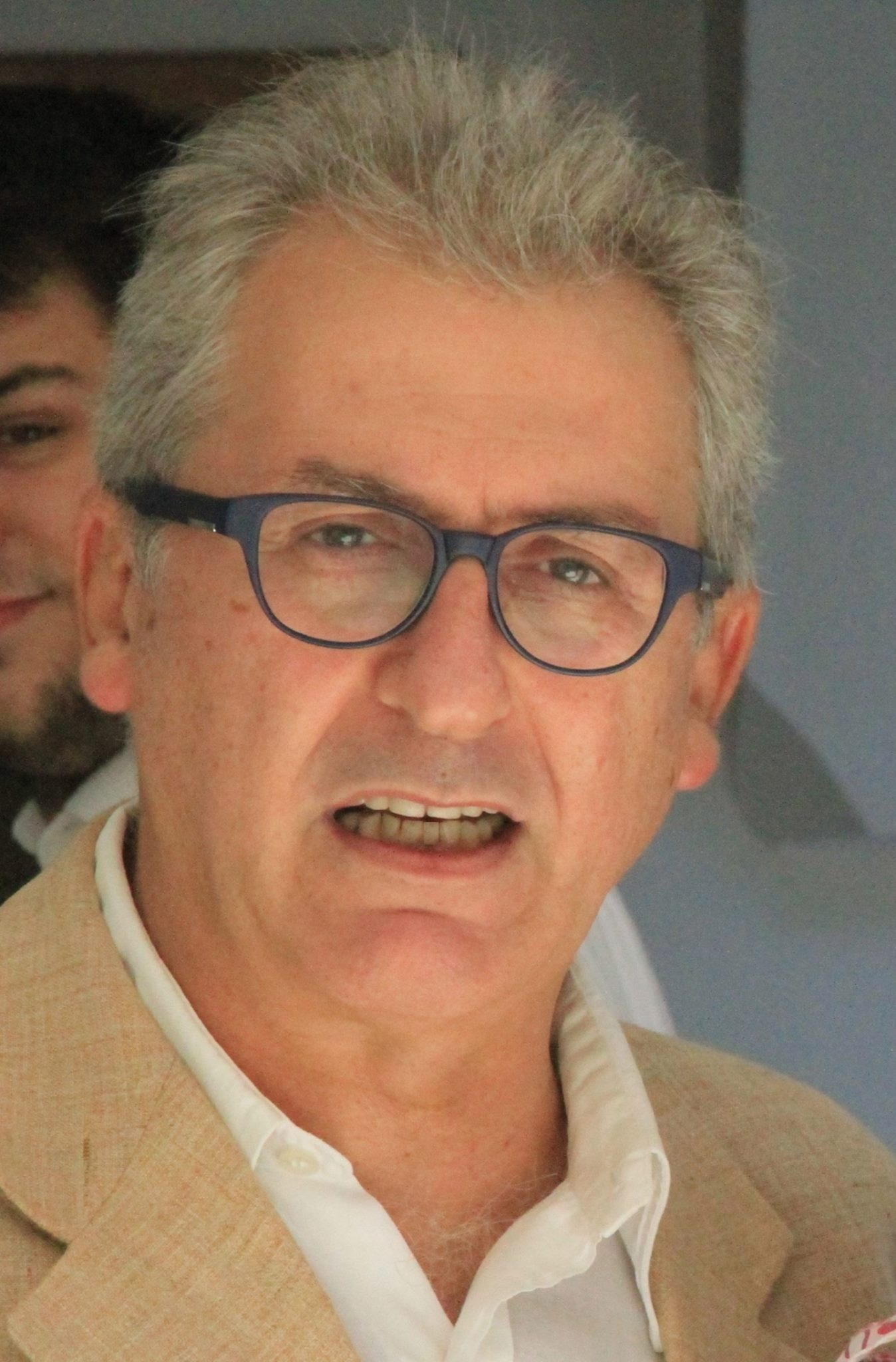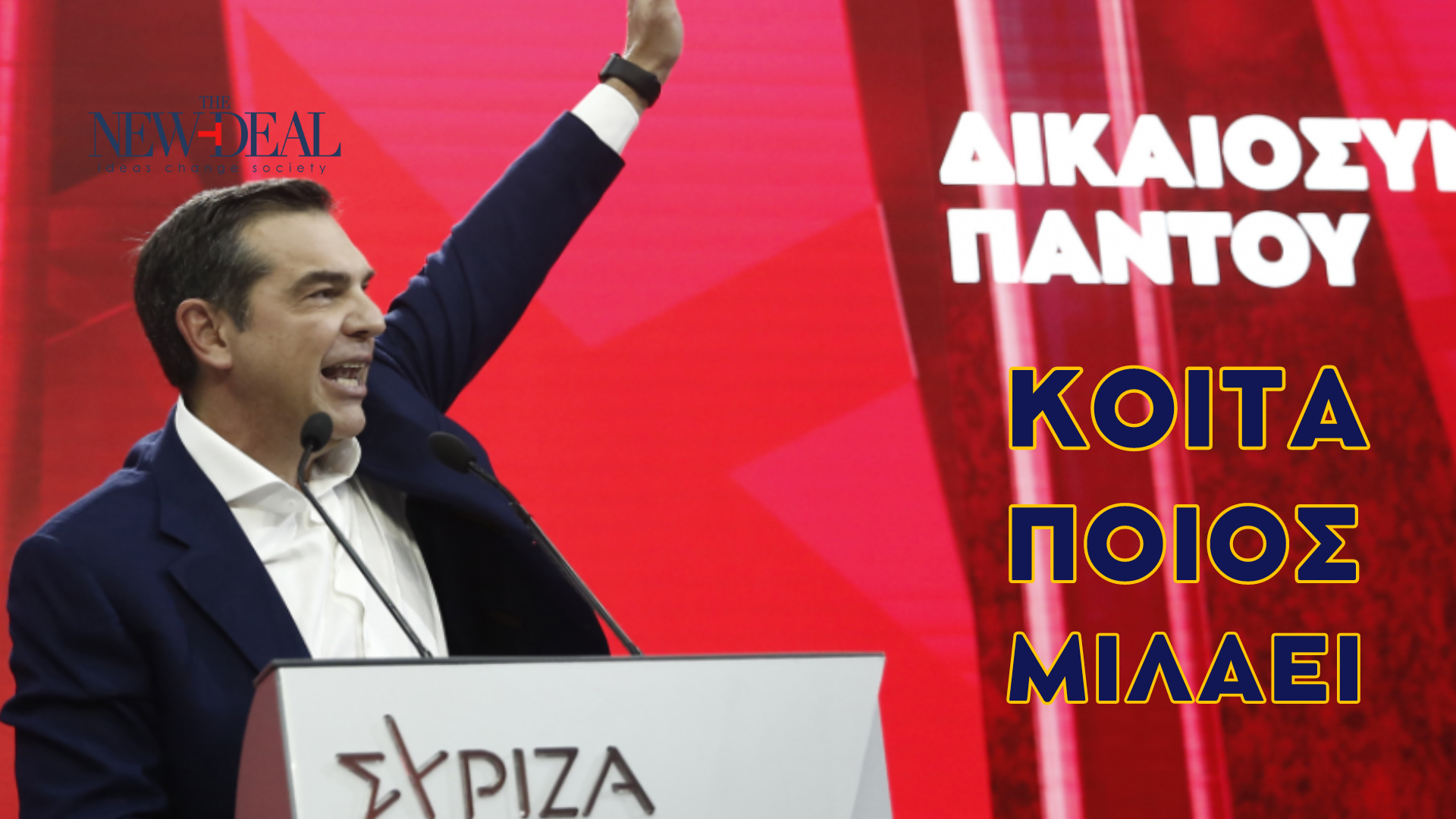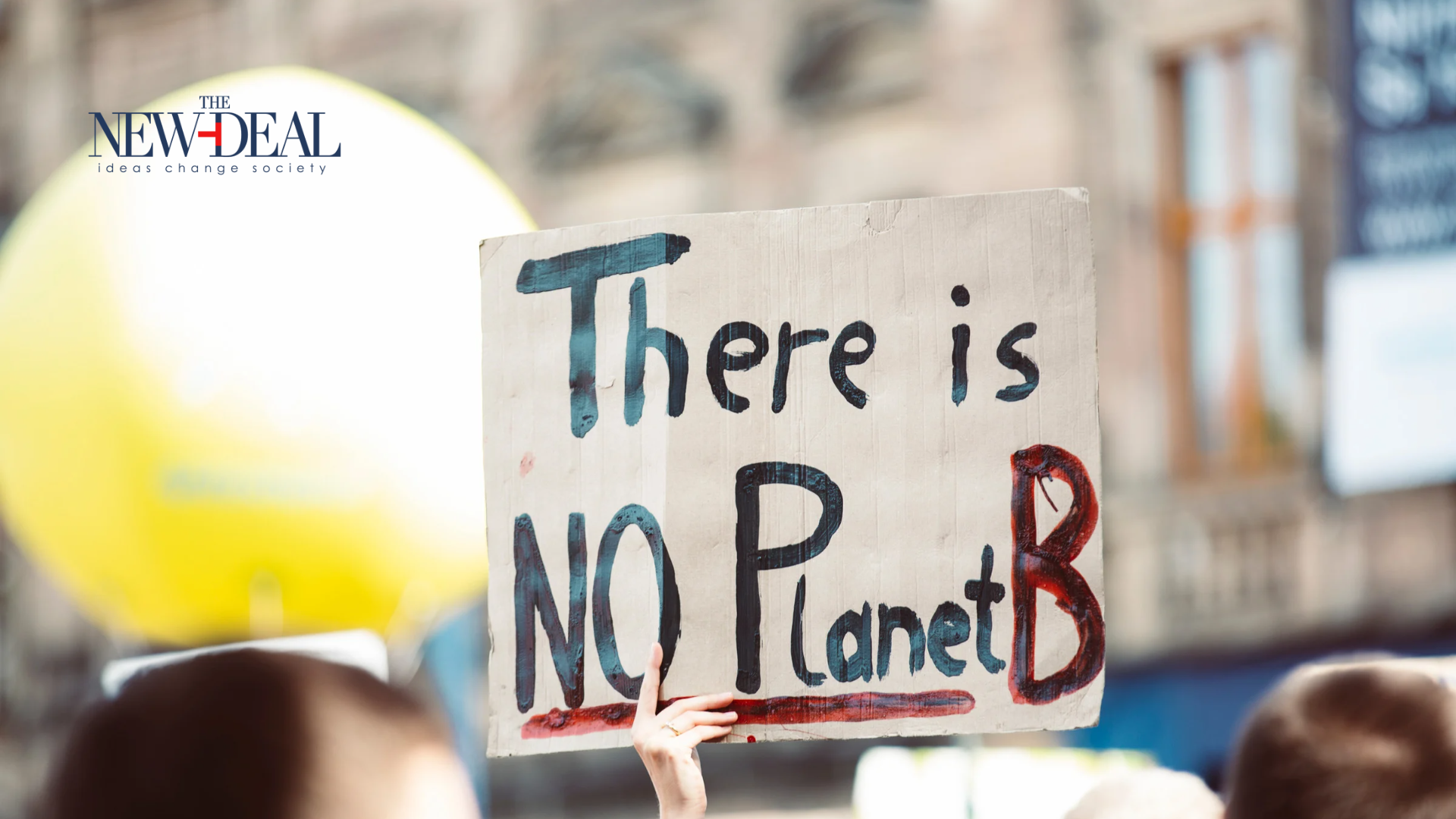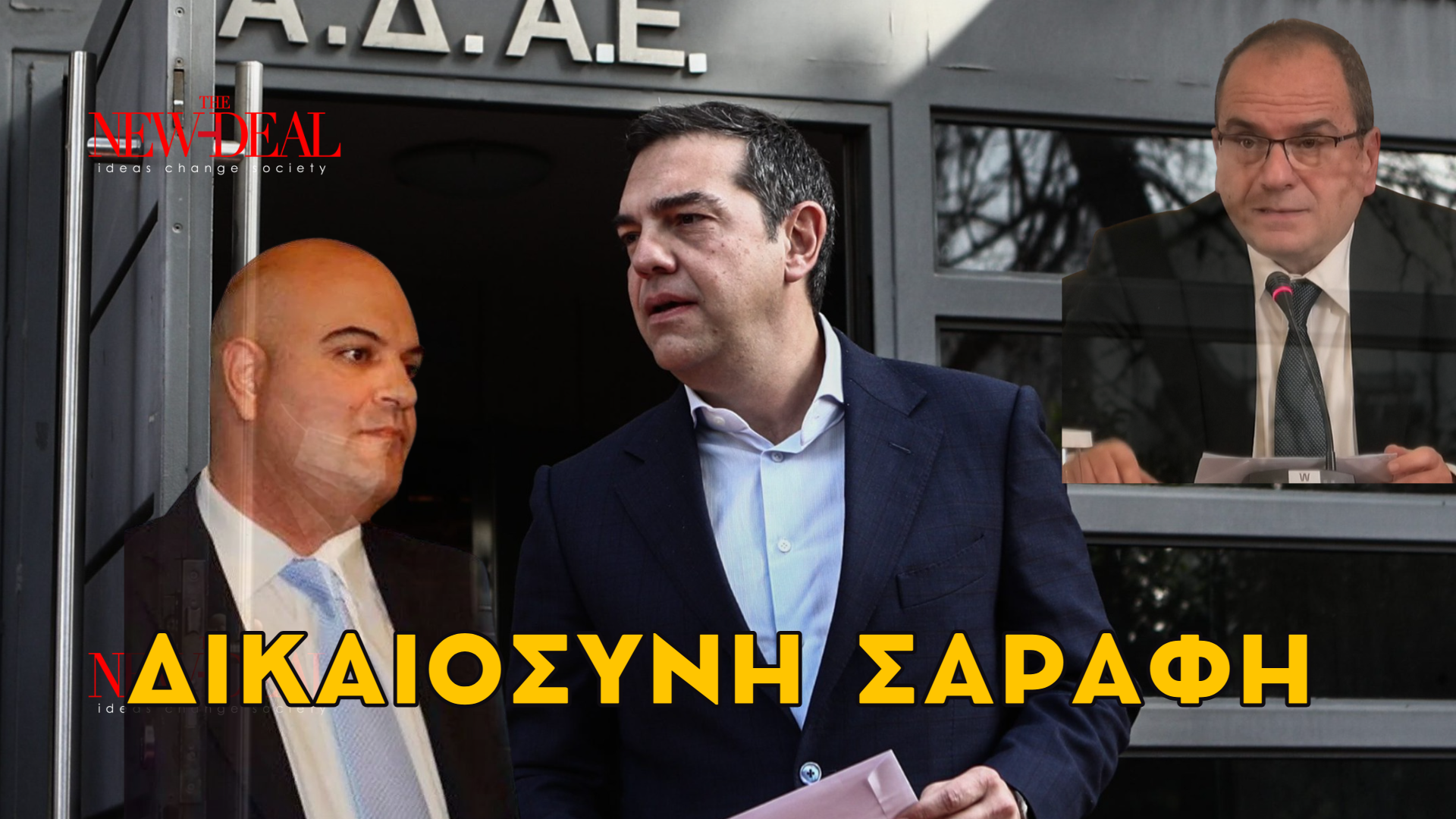Ο Αμπραχάμ Ζαπρούντερ, ένας εμιγκρές από τη Ρωσία, δεν θα μπορούσε ποτέ να φανταστεί, πριν 50 χρόνια στο Ντάλας ότι το ερασιτεχνικό video που τραβούσε θα κατέγραφε την δολοφονία ενός ανθρώπου που σημάδεψε τον 20ο αιώνα . Του Προέδρου των Η.Π.Α Τζον Κένεντυ . Το καρέ 313 θα μείνει στην ιστορία.
Όπως αναφέρει ο Βασίλης Ψυχογιός (στο www.in.gr) , ο Αμπραχάμ Ζαπρούντερ δεν φανταζόταν πως τότε κατέγραφε τη δολοφονία του Κένεντι, σε ένα βίντεο που πούλησε στο περιοδικό Life και με το οποίο αργότερα δεν ήθελε να έχει καμία σχέση -πετυχαίνοντας να μην δημοσιευτεί το ένα εκείνο καρέ που έδειχνε την στιγμή του θανάτου του Κένεντι.
Πενήντα χρόνια μετά, οι ΗΠΑ θυμούνται τη δολοφονία και ακόμη στέκονται με δέος μπροστά στο διαβόητο καρέ 313: Οι ημέρες αυτές είναι από τις λίγες που το βίντεο προβάλλεται ολόκληρο στο μουσείο αφιερωμένο στον JFK.
Το βίντεο του Ζαπρούντερ διαρκεί μόλις 26,6 δευτερόλεπτα και μετρά 486 έγχρωμα καρέ, χωρίς ήχο. Κατέληξε να γίνει ένα από μεγαλύτερης αξίας ντοκουμέντα στην αμερικανική ιστορία και -όπως ήταν μάλλον νομοτελειακό- δεν γλίτωσε ούτε αυτό από το κύμα συνωμοσιολογίας που ακόμη περιβάλλει τη δολοφονία του Κένεντι.
Το βίντεο καταγράφει, από τα δεξιά της πορείας της προεδρικής οχηματοπομπής, την εμφάνιση των οχημάτων, το πλήθος που χαιρετά τον Κένεντι και τον πρόεδρο που ανταποδίδει και την άφιξη της λιμουζίνας στο σημείο που βρίσκεται περίπου ο Ζαπρούντερ.
Αν και δεν είναι σε καμία περίπτωση το μοναδικό ντοκουμέντο από τη δολοφονία, περιέχει κάτι που λείπει από όλα τα υπόλοιπα: Ενώ μερικά καρέ πριν τον μοιραίο πυροβολισμό, ο Ζαπρούντερ χάνει τον Κένεντι από το πλάνο, η κάμερα επανέρχεται λίγο πριν η σφαίρα χτυπήσει τον πρόεδρο και καταγράφει την στιγμή του πλήγματος.
Το καρέ εκείνο, το 313ο στη σειρά, δείχνει -από απόσταση μεν και θολά, αλλά χωρίς αμφιβολία- την στιγμή που η σφαίρα διαπερνά το κρανίο του Κένεντι.
Ο Ζαπρούντερ κατάλαβε φυσικά εξαρχής ότι ο πρόεδρος είχε πεθάνει και όχι ότι ήταν απλώς βαριά τραυματισμένος (όπως ακουγόταν στη σύγχυση των πρώτων λεπτών). Ήξερε ότι είχε καταγράψει κάτι στην κάμερα και εμφάνισε το φιλμ το ίδιο απόγευμα.
Με την είδηση της ύπαρξης του βίντεο, πάνω στον Ζαπρούντερ «έπεσαν» δημοσιογράφοι και πρακτορείο προσφέροντάς του 100.000 δολάρια για το βίντεο ή 200 δολάρια για κάθε καρέ, όπως γράφει η Washington Post. Τελικά, αποφάσισε να το πουλήσει στο περιοδικό Life για 150.000 δολάρια.
Όταν ο αρχισυντάκτης του περιοδικού έφτασε στο γραφείο του Ζαπρούντερ για να δει το βίντεο, παρόντες ήταν δύο άνδρες της Μυστικής Υπηρεσίας. Όταν η προβολή έφτασε στο καρέ 313, κανείς δεν κατάφερε να συγκρατήσει την έκπληξή του.
Στα επόμενα χρόνια, καρέ από το φιλμ δημοσιεύονταν χωρίς όμως το επίμαχο 313. Η μη δημοσίευσή του συνέβαλε καθοριστικά στο να κάνει το βίντεο άλλο ένα τμήμα του μύθου γύρω από τη δολοφονία, με τις συνωμοσίες να οργιάζουν για την κατασκευή του βίντεο από τη CIA ή για ύπαρξη στοιχείων γύρω από το κρίσιμο ζήτημα του αριθμού των πυροβολισμών που χτύπησαν την οχηματοπομπή.
Ακόμη και σήμερα, που το φιλμ έχει περάσει στην ιδιοκτησία των Εθνικών Αρχείων και το πρωτότυπο φυλάσσεται σε ειδικό δοχείο για τη διατήρησή του, η προβολή του βίντεο εξ ολοκλήρου είναι σπάνια. Στις περιορισμένες προβολές που διοργανώνονται αυτές τις ημέρες, μεταξύ 17 και 24 Νοεμβρίου, στο Μουσείο Sixth Floor κοντά στο σημείο της δολοφονίας, οι θεατές ακόμη και πενήντα χρόνια μετά δεν παύουν να σαστίζουν όταν το βίντεο φτάνει στο καρέ 313.
Kennedy΄s Legacy of Inspiration
Αποτιμώντας αυτή την επέτειο, ο Robert Dallek , στο άρθρο του στην “THE NEW YORK TIMES” , με τίτλο Kennedy΄s Legacy of Inspiration αναφέρει :
Fifty years after John F. Kennedy’s assassination, he remains an object of almost universal admiration. And yet, particularly this year, his legacy has aroused the ire of debunkers who complain that Kennedy is unworthy of all this adulation.
“John F. Kennedy probably was the worst American president of the previous century,” wrote the journalist Thomas E. Ricks. “He spent his 35 months in the White House stumbling from crisis to fiasco.”
He was, they say, all image and no substance, a shallow playboy whose foreign policy mistakes and paltry legislative record undermine any claim to greatness. His assassination, personal attributes of good looks and charm, joined to Jacqueline Kennedy’s promotion of a Camelot myth, have gone far to explain his popularity.
Such criticism not only gives short shrift to Kennedy’s real achievements as a domestic and foreign policy leader, but it also fails to appreciate the presidency’s central role: to inspire and encourage the country to move forward, a role that Kennedy performed better than any president in modern memory.
The litany of complaints against Kennedy is a long one. Critics scoff at his image as a devoted family man: They complain that he was, as Timothy Noah wrote in The New Republic, “a compulsive, even pathological adulterer,” whose reckless self-indulgence threatened to destroy his presidency.
Critics also point to his hidden health problems: Would voters have elected him over Richard M. Nixon if they had full knowledge of his Addison’s disease or other potentially disabling ailments? And what does it say about his character that he concealed his condition?
As for his presidency, critics find it difficult to understand why anyone would consider him more than an average chief executive, if even that.
They are especially critical of his civil rights record. His delay in signing an executive order ending segregation in public housing, which he had promised during the 1960 campaign; his appointment of segregationist federal judges; the Rev. Dr. Martin Luther King Jr.’s complaint that Kennedy lacked the “moral passion” to fight for equal treatment of blacks — all of this has convinced some historians that Kennedy’s later decision to ask for a civil rights law was pure political expediency.
Kennedy’s critics also find fault with his foreign policies, especially on Cuba and Vietnam. The Bay of Pigs failure and Operation Mongoose, the plan to assassinate or at least depose Fidel Castro, supposedly opened the way to the missile crisis and demonstrated his inexperience and the poor judgment of an overzealous cold warrior.
And Kennedy’s decision to increase the number of military advisers in Vietnam, combined with his alleged support for the coup that killed South Vietnamese president Ngo Dinh Diem, are said to be preludes to Lyndon B. Johnson’s disastrous war.
All of this has merit. But Kennedy’s thousand-day presidency is more impressive for its gains than its shortcomings.
Most notably, he saved the world from a nuclear war with his astute diplomacy during the October 1962 confrontation with the Soviet Union over Cuba. As he privately said at the time, the military leadership wanted to bomb and invade, but no one alive then would survive to tell them they were wrong.
And while critics focus on the minutiae of those 13 days, Kennedy’s real success was what came after.
Eager to avoid a replay of Soviet-American tensions over Cuba, he followed the crisis with private expressions of interest in a rapprochement with Mr. Castro. More important, he reached an agreement with the Soviet leader Nikita S. Khrushchev for a nuclear test ban treaty that eliminated radiation fallout in the atmosphere.
As for Vietnam, what matters is that Kennedy successfully resisted pressure to send anything more than military advisers, a stance that was a likely prelude to complete withdrawal from the conflict. There is solid evidence of his eagerness to end America’s military role in that country’s civil war.
And while Kennedy did not achieve as much in terms of legislation as he wanted, his record has to be seen in context.




